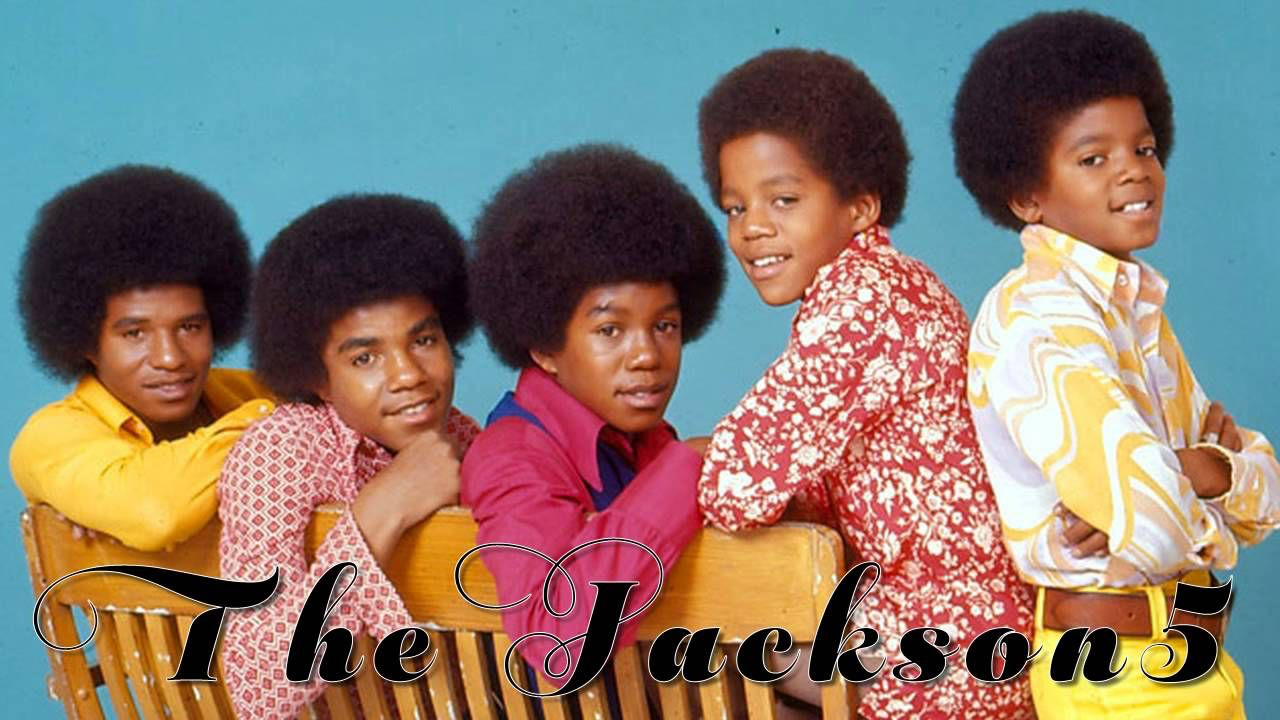Throughout the 1950s and 1960s, African-Americans saw an array of different black figures gain national notice with the civil rights movement. Names like Martin Lurther King Jr, Malcom X, and Rosa Parks inspired black individuals across the country to fight against the injustice of segregation and inequality based on race. In 1964, this movement achieved a monumental victory in the passing of the Civil Rights Act. African-Americans celebrated everywhere as they believed this would create a more equal future for themselves, their children, and their children’s children. As the years went on and will continue to go on, the United States became a more and more progessive and accepting country, however, the systemic racism our country is entrenched with will take decades maybe even centuries to fully undo. In the 1970s and 1980s this injustice was seen throughout African-American communities everywhere through the crack-cocaine epidemic. Black individuals were (and still are) the majority of individuals who lived in impoverished areas which were rampant with the new drug as well as violent gangs. Murder rates, theft rates, and overall crime rates rose in cities all across the country due to these gangs. Consequently as gangs try to grow with more recruits and individuals working for them a big target is the black youth. Many black young men in these areas are born into poor, single family households which cannot provide an ample amount of resources for a child to be successful. Similarly the public schools they attended were short in resources as well, resulting in a perfect situation for an individual to get involved with a gang. Although many black individuals’ youths fit this standard not all did.

Although the information we provided in the previous paragraph is entirely true, the passing of the Civil Rights Act did ultimately provide a better living standard for African-Americans. Integration, whether it be in school or in work, was beginning to be seen across the country (in some parts more than others). Even more black figures rose to national acclaim across even more fields. Mike Tyson, Oprah Winfrey, and Eddie Murphy were among just some individuals who African-Americans looked up to and admired throughout the era. The biggest individual of the decade, however, without a question was Michael Jackson. The “King of Pop” took over and ran the music industry of the decade. Listened to by and revered by all, Jackson was the ideal African-American figure at the time. Jackson upbringing, contrary to many black individuals of the time, was one that was quite successful due to The Jackson 5. A popular Motown band in the 1970s, The Jackson 5 had several songs which were quite commercially successful, some of which are still popular today. Despite having the complete opposite upbringing of a black individual within an impoverished area of the country, Jackson realized that with his huge commercial success came a humongous amount of power and responsibility.

With the release of his second solo studio album Thriller Michael Jackson set himself up for a career that would be known as one of the biggest music artists of all time. His three main songs from the album “Thriller,” “Billie Jean,” and “Beat It” broke records in their commercial success. With MTV in its beginning and prime throughout the 1980s, Jackson used his music videos to further add meaning and significance to his songs and role as a prominent black figure in the United States. This is best seen in his music video “Beat It.” With the previous success of his song “Billie Jean,” Jackson knew that his audience was big and connected to all individuals, most importantly those who were white and of the middle class. He knew that his songs and music videos have potential to not only reach audiences but to prompt change from them. Jackson did just this with “Beat It.” Michael Jackson’s “Beat It” attempts to convey messages of anti-violence sentiment to African-American youth audiences across the United States through the message sent in his song’s lyrics through their literal meaning and the delivery of the message and through the choreography of his music video which consisted of a lack of physical interaction.